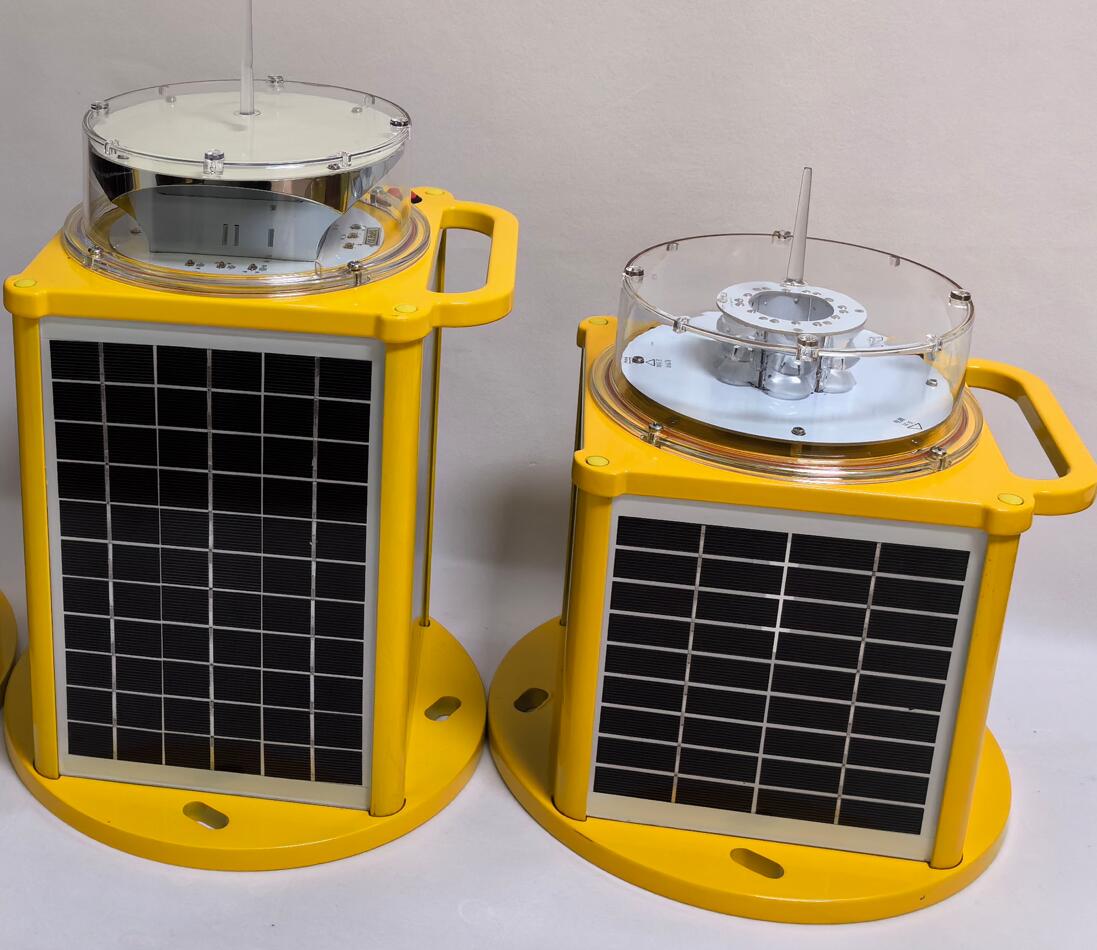
In an era where sustainability takes center stage, the maritime industry has embraced innovative technologies to balance functionality and environmental stewardship. Among these advancements, solar powered marine lanterns have emerged as a cornerstone in ensuring safe and sustainable navigation. These lanterns, powered by renewable energy, are transforming the way maritime signaling systems operate, offering a compelling alternative to traditional lighting solutions.
The Essence of Solar Powered Marine Lanterns
Solar powered marine lanterns are specialized lighting devices designed to aid navigation and ensure maritime safety. They harness solar energy through photovoltaic panels, converting sunlight into electricity, which is stored in batteries for use during low-light conditions. This self-sufficient system eliminates the need for external power sources, making them ideal for remote and offshore applications.
These lanterns are used in a variety of maritime contexts, including marking navigational hazards, defining harbor limits, and illuminating buoys, beacons, and docks. Their reliability and low maintenance requirements have made them indispensable in maritime operations.
Key Advantages
Eco-Friendly Operation: By leveraging solar energy, these lanterns significantly reduce greenhouse gas emissions compared to conventional lighting systems. This aligns with global efforts to mitigate climate change.
Cost Efficiency: The reliance on solar power eliminates the need for fuel or grid electricity, resulting in lower operational costs. Additionally, their long lifespan and minimal maintenance requirements translate to significant savings over time.
Durability and Reliability: Designed to withstand harsh marine environments, solar powered marine lanterns are constructed with robust materials that resist corrosion, UV exposure, and extreme weather conditions.
Autonomous Functionality: With built-in sensors and programmable settings, these lanterns can operate autonomously, adjusting brightness and activation based on environmental conditions.
Technological Innovations
Modern solar powered marine lanterns are equipped with advanced features that enhance their performance. High-efficiency LEDs provide bright and focused illumination while consuming minimal power. Sophisticated energy management systems optimize power usage, ensuring uninterrupted operation even during extended periods of low sunlight.

Integration with remote monitoring systems allows operators to track the lanterns’ status in real-time. This feature is particularly valuable for large-scale maritime networks, as it enables quick identification and resolution of issues, enhancing overall operational efficiency.
Applications Across the Maritime Sector
Solar powered marine lanterns serve a broad spectrum of applications:
Navigational Aids: Installed on buoys, beacons, and lighthouses, these lanterns guide vessels safely through waterways, reducing the risk of accidents.
Offshore Platforms: On oil rigs and wind farms, solar lanterns provide reliable lighting without the logistical challenges of supplying external power.
|
solar powered marine lanterns |
solar powered marine lantern |
Aquaculture Operations: In fish farms, these lanterns improve visibility and safety for both workers and equipment.
Challenges and Future Directions
While solar powered marine lanterns offer numerous benefits, they are not without challenges. Limited sunlight in polar regions or during prolonged cloudy weather can impact their performance. However, advancements in battery technology and energy storage solutions are addressing these limitations.
The future of solar powered marine lanterns lies in further integration with smart technologies. Artificial intelligence and IoT connectivity can enable predictive maintenance, energy optimization, and seamless coordination with other maritime systems. As renewable energy technologies advance, the efficiency and versatility of these lanterns are expected to improve, cementing their role in sustainable maritime operations.
Solar powered marine lanterns epitomize the synergy between innovation and sustainability. By providing reliable, cost-effective, and eco-friendly lighting solutions, they are setting new standards for maritime safety and environmental responsibility. As the maritime industry continues to embrace renewable energy, these lanterns will undoubtedly play a pivotal role in navigating a brighter and more sustainable future.